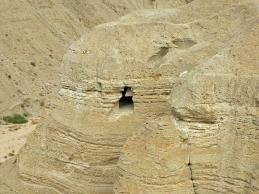 Archaeologists are set to resume a Vero Beach, FL, excavation that is more than 13,000 years old. If successful, it could suggest that mankind has been in North America longer than is believed by most industry excavators.
Archaeologists are set to resume a Vero Beach, FL, excavation that is more than 13,000 years old. If successful, it could suggest that mankind has been in North America longer than is believed by most industry excavators.
The site was originally discovered in 1915 during which time saber tooth cats, mammoths and ground sloths were unearthed. Further, it is noteworthy since it is one of only documented sites in the Western Hemisphere where human remains have been found right by those of megafauna that are now extinct. Further, according to a Mercyhurst University report, the Vero Beach human remains were discovered alongside extinct animal remains dating back to the Pleistocene era (that ended around 11,700 years ago).
So what is going to happen next is that archaeologist James Adovasio and his team will lead this excavation. But the fact that a human skull along with 44 other human bones were found suggests that it was from a man who lived 13,000 years ago and thus there was humankind around in the region at this time. Since this discovery, the term “Vero Man” has been coined.
Another issue is that Vero had always had an infamous status since, according to Adovasio, “it was seen as such a threat to the then perceived wisdom that no humans had lived here during the last Ice Age.” The next step is for the team to use current techniques at the site.